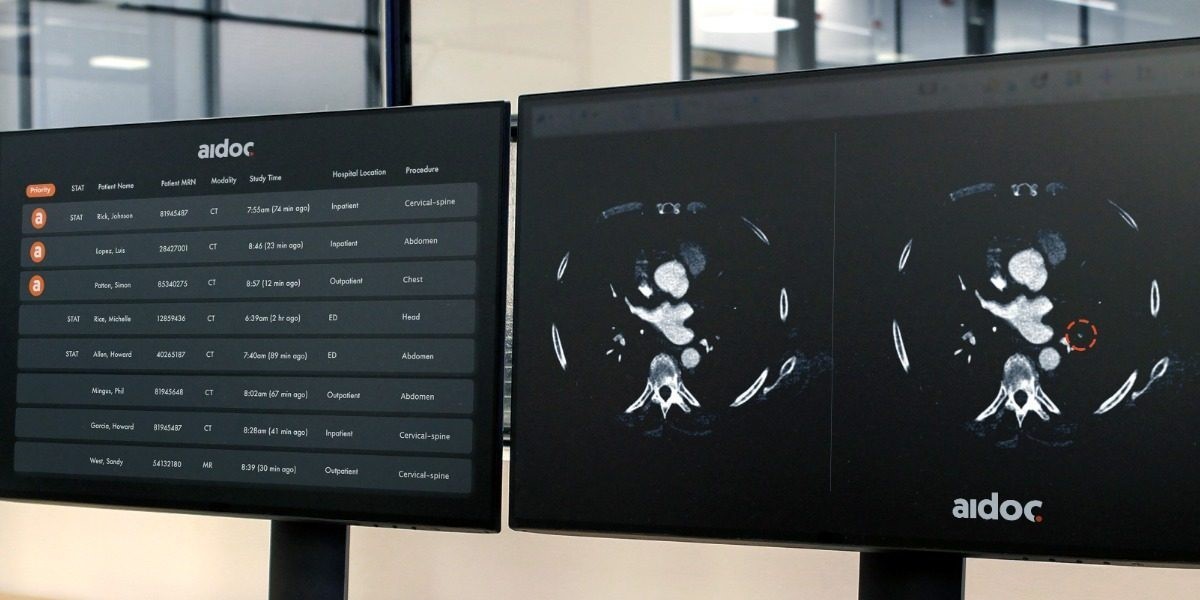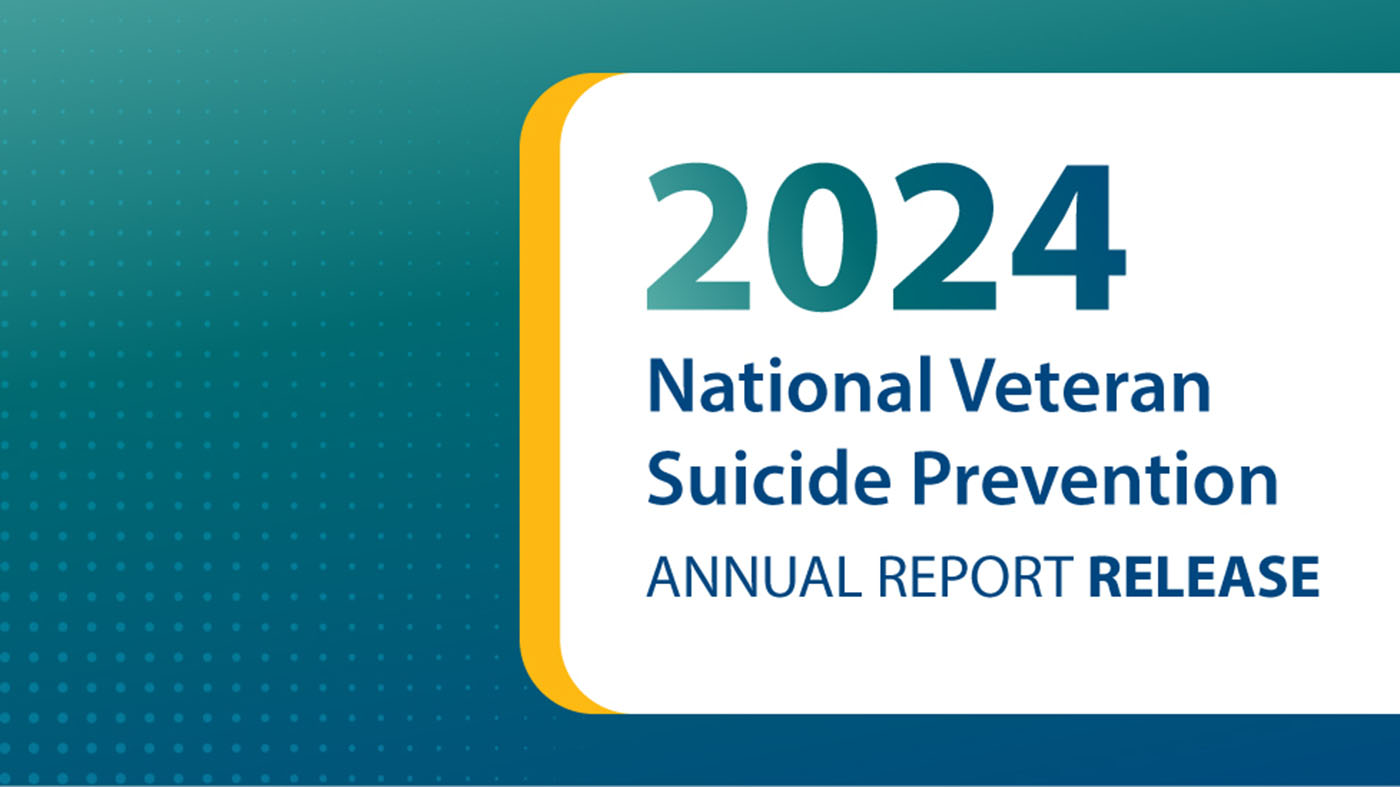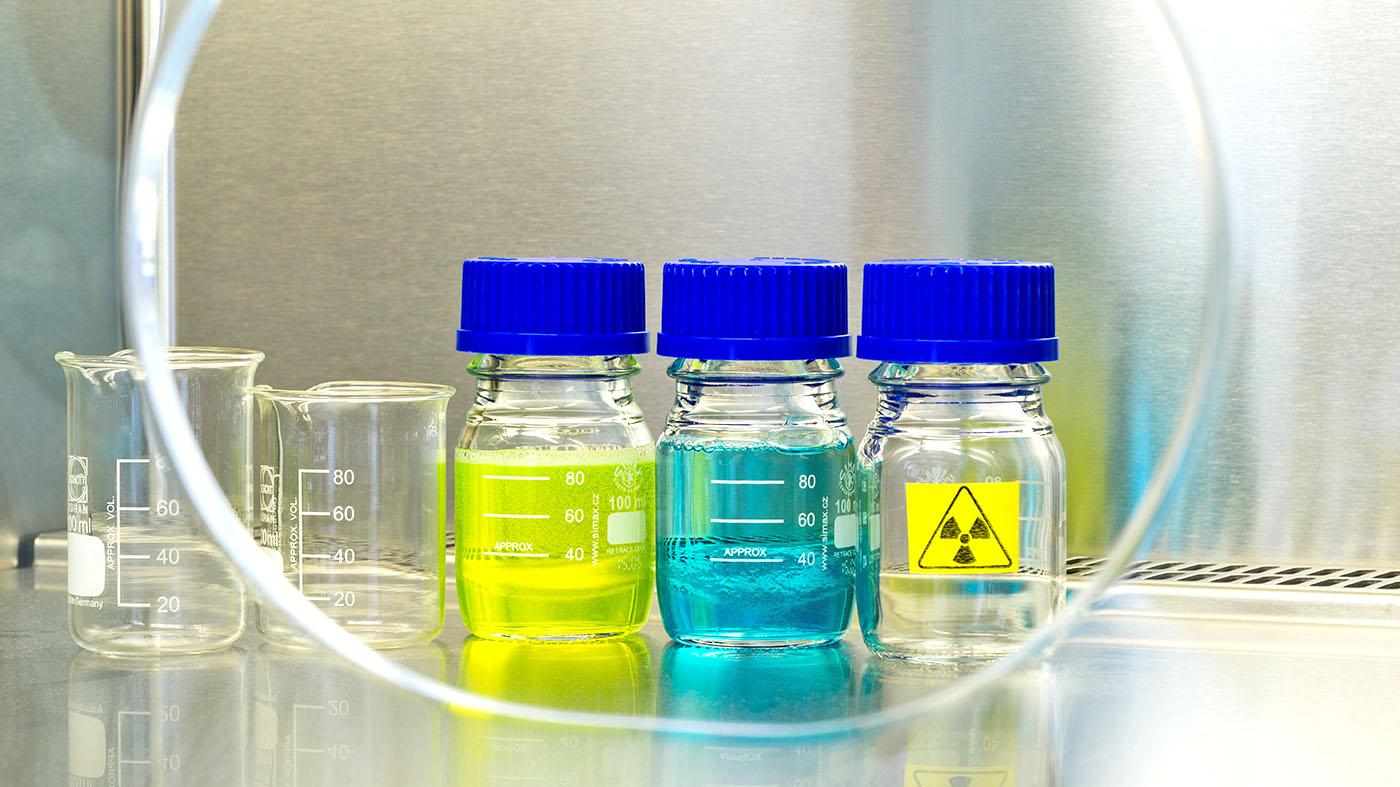A major focus of the Care & Transformational Initiatives (CTI) portfolio of the Veteran Health Administration Innovation Ecosystem (VHA IE) is understanding how to leverage technology like artificial intelligence (AI) to provide the best care for Veterans.
The radiology department of the VA St. Louis Health Care System (HCS) recently partnered with Aidoc, an enterprise radiology AI developer, to advance this goal and pilot AI software. By integrating AI into their workflow, the diagnostic radiologists at the HCS can focus on delivering timely and high-quality patient care for their patients by leaving some of the manual processes to technology.
Radiology is often described as being at the crossroads of medicine and technology. Imaging specialists use advanced and complicated scanners like computed tomography (CT) and magnetic resonance imaging (MRI) machines to get detailed images of potential abnormalities. Signs of issues that radiologists look for can range from large tumors in the liver to tiny bleeds in the left hemisphere of the brain. The sheer volume of scans that a radiologist reads every day means it’s difficult to know which scans to prioritize – some contain urgent problems and some contain non-urgent ones.
Aidoc develops AI algorithms that seek to solve this problem. Their products integrate directly into the radiologist’s workflow and can detect and prioritize urgent abnormalities in CT scans for the radiologist to look at, enabling faster diagnosis and treatment of dangerous conditions.
The VA St. Louis HCS is currently piloting three of Aidoc’s AI solutions: an algorithm that triages and notifies for intracranial hemorrhage, one for pulmonary embolisms, and a product that searches for incidental pulmonary embolism. Since the three AI algorithms went live on January 28, 2021, Aidoc’s solutions have analyzed over 1,100 cases (499 potential intracranial hemorrhages, 127 potential pulmonary embolisms, and 563 potential incidental pulmonary embolisms) and flagged 12 of each abnormality as urgent cases for radiologists to address. The solutions currently have a 100% engagement rate, meaning that a radiologist has interacted with the notification of an urgent case every time.
“The software was well-accepted, with the entire diagnostic radiology team using it,” said Dr. David Martin, a neuroradiologist at the VA St. Louis HCS. “So far in the pilot, the response has been positive; the radiology team likes the fact it’s like a second set of eyes for them. I look forward to continuing the evaluation process.”
By providing value as a safety net and enabling physicians to focus on Veteran care, AI has the potential to transform radiology and health care more broadly. The VA St. Louis HCS, as an early adopter of this innovative technology, is leading the way in transforming Veteran care for the future.
Dr. Amanda Purnell is a clinical data specialist for the Care & Transformational Initiatives portfolio of the VHA innovation Ecosystem. She works to identify promising external practices and connects them to clinical champions to test out real world impact.
Topics in this story
More Stories
Watch the Under Secretary for Health and a panel of experts discuss VA Health Connect tele-emergency care.
The 2024 National Veteran Suicide Prevention Annual Report provides the foundation for VA’s suicide prevention programs and initiatives.
Theranostics is a specialized field of nuclear medicine that uses a two-pronged approach to diagnose and treat cancer.






